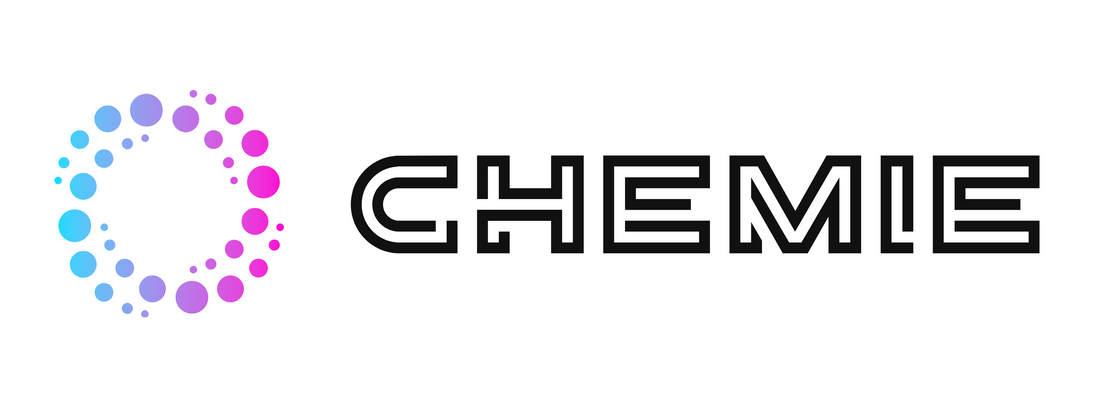Chemie Can Be Fun For Anyone
Chemie Can Be Fun For Anyone
Blog Article
Getting The Chemie To Work
Table of ContentsHow Chemie can Save You Time, Stress, and Money.About ChemieSome Of ChemieIndicators on Chemie You Need To KnowThe Best Guide To ChemieNot known Details About Chemie
By Bojanna Shantheyanda, Sreya Dutta, Kevin Coscia and David SchiemerDynalene, Inc. Fluid cooling, which can be achieved using indirect or straight methods, is utilized in electronics applications having thermal power thickness that may go beyond risk-free dissipation through air cooling. Indirect liquid air conditioning is where warm dissipating electronic elements are literally separated from the liquid coolant, whereas in instance of straight air conditioning, the parts are in straight contact with the coolant.In indirect cooling applications the electric conductivity can be vital if there are leaks and/or spillage of the liquids onto the electronic devices. In the indirect cooling applications where water based liquids with corrosion preventions are typically made use of, the electric conductivity of the fluid coolant generally depends on the ion focus in the fluid stream.
The rise in the ion focus in a shut loophole liquid stream may happen due to ion leaching from metals and nonmetal components that the coolant fluid touches with. Throughout operation, the electric conductivity of the fluid might increase to a degree which could be damaging for the cooling system.
The Ultimate Guide To Chemie
(https://linktr.ee/betteanderson)They are bead like polymers that are qualified of trading ions with ions in a service that it touches with. In today job, ion leaching tests were performed with numerous steels and polymers in both ultrapure deionized (DI) water, i.e. water which is dealt with to the highest possible degrees of purity, and reduced electric conductive ethylene glycol/water mixture, with the gauged modification in conductivity reported in time.
The samples were permitted to equilibrate at space temperature level for 2 days prior to videotaping the initial electric conductivity. In all tests reported in this research study liquid electric conductivity was measured to an accuracy of 1% making use of an Oakton disadvantage 510/CON 6 collection meter which was calibrated prior to each dimension.
Chemie for Dummies
from the wall home heating coils to the center of the heater. The PTFE sample containers were positioned in the heater when stable state temperatures were gotten to. The test arrangement was removed from the heating system every 168 hours (7 days), cooled down to room temperature with the electric conductivity of the liquid gauged.
The electric conductivity of the liquid sample was checked for a total amount of 5000 hours (208 days). Schematic of the indirect closed loophole cooling experiment set up. Parts utilized in the indirect shut loophole cooling down experiment that are in call with the fluid coolant.

Chemie Can Be Fun For Everyone
The adjustment in fluid electric conductivity was checked for 136 hours. The fluid from the system was collected and stored.

0.1 g of Dowex resin was included in 100g of fluid samples that was taken in a different container. The combination was mixed and alter in the electric conductivity at space temperature was gauged every hour. The gauged change in the electric conductivity of the UP-H2O and EG-LC test fluids containing polymer or metal when immersed for 5,000 hours at 80C is revealed Number 3.
Chemie for Beginners
Ion seeping experiment: Measured adjustment in electrical conductivity of water and EG-LC coolants consisting of either polymer or metal samples when immersed for 5,000 hours at 80C. The results indicate that steels added less ions into the fluids than plastics in both UP-H2O and EG-LC based coolants.
Liquids having polypropylene and HDPE showed the least expensive electric conductivity adjustments. This might be because of the brief, inflexible, linear chains which are less likely to add ions than longer branched chains with weak intermolecular pressures. Silicone additionally did well in both test liquids, as polysiloxanes are normally chemically inert due to the high bond power of the silicon-oxygen bond which would certainly prevent deterioration of the material right into the fluid.
Some Known Questions About Chemie.
It would certainly be expected that PVC would create similar outcomes to those of PTFE and HDPE based upon the similar chemical structures of the materials, however there might be various other pollutants present in the PVC, such as plasticizers, that may influence the electric conductivity of the fluid - silicone synthetic oil. Furthermore, chloride groups in PVC can additionally seep into the test fluid and can trigger a boost in electric conductivity
Buna-N rubber and polyurethane revealed indications of deterioration and thermal decay which suggests that their feasible utility as a gasket or adhesive product at higher temperatures can bring about application problems. Polyurethane entirely broke down into the examination liquid by the end of 5000 hour test. Number 4. Before and after photos of metal and polymer examples immersed for 5,000 hours at 80C in the ion seeping experiment.
Measured adjustment in the electrical conductivity of UP-H2O coolant as a feature of time with and without resin cartridge in the closed indirect air conditioning loop experiment. The measured adjustment in electric conductivity of the UP-H2O for 136 hours with and without ion exchange resin in the loop is received Figure 5.
Report this page